Ben Tre In the main season, but coconuts from the West are exported "drop by drop", traders only buy 1,500-2,900 VND per fruit.
Mr. Phan Van Dinh, 68 years old (Binh Thanh, Giong Trom) has a 2,000 m2 coconut garden that is more than 10 years old. After the traders came to pick the coconuts, Mr. Dinh pointed to a pile of more than 300 coconuts gathered along the road waiting to be transported and shook his head.
"Sell once a month for only about 1 million, just enough to cover fertilizer and pesticides but no profit," said the old farmer.
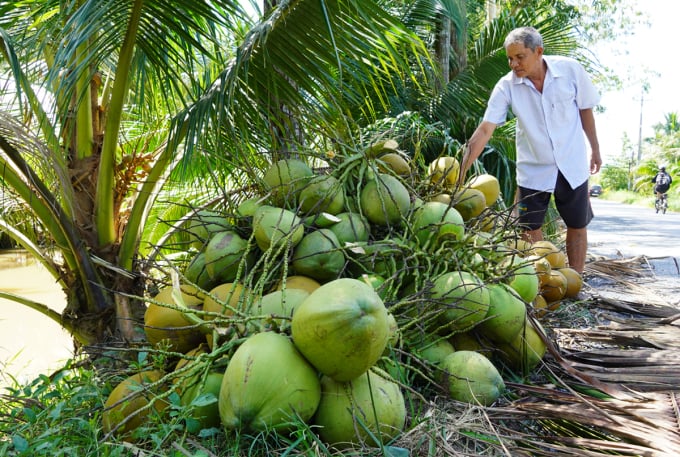
Mr. Phan Van Dinh with the coconuts he just harvested, which he said the income from was only enough to cover fertilizer and pesticide costs. Photo: Hoang Nam
Mr. Dinh's family grows strawberry coconuts, specializing in harvesting dry fruits for oil. During the "golden age", dry coconuts cost about 10,000 VND per fruit, and he and many other gardeners made a good living. However, since the Covid-19 pandemic, the price of dry coconuts has continuously plummeted, sometimes only more than 1,000 VND per fruit. He changed his "tactics" by not letting the fruit dry, and switched to picking fresh coconuts to sell.
Every year, during the rainy season, coconuts produce a lot of fruit, so the price is somewhat lower than at other times. In previous years, the lowest price for fresh coconuts this season was 60,000-70,000 VND for a dozen of 12 coconuts. But in recent months, Mr. Dinh said, traders only buy fresh coconuts for 30,000-35,000 VND per dozen, and small coconuts of 2 or 3 fruits cost the same as one.
About 2 km away, the 6,000 m2 coconut garden of Mr. Le Van Trong, 53 years old, has finished harvesting. However, instead of traders coming to take them away, more than 2,000 coconuts have been lying along the road for 2 weeks now. Next to it, about 500 coconuts harvested in the previous batch have also turned gray-black, some have sprouted green shoots.
This garden owner planted the "Malaysian" red coconut variety about 6 years ago, and it started to bear fruit after 3 years. This coconut variety produces a lot of fruit but is smaller in size, so traders reject it and buy it for 10,000-20,000 VND per dozen.
In recent months, with the red coconut variety, traders only buy fresh coconuts for about 1,500 VND per fruit. Low prices do not bring profit, Mr. Trong tries to keep the coconuts on the tree waiting for the price to increase but it is not promising, the coconuts in the garden are too old to sell fresh, so he has to pick them and gather them along the road to wait for dry coconuts to be sold for seeds.
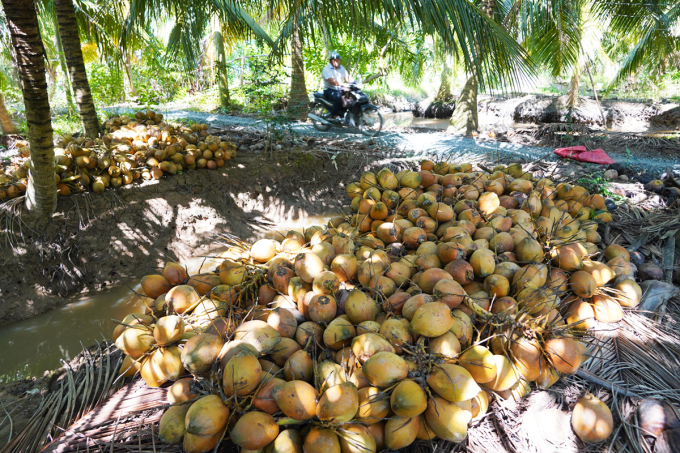
More than 2,000 of Mr. Trong's overripe gifts had to be picked and taken to the garden to wait for dry coconuts to be sold for seeds. Photo: Hoang Nam
Mr. Bui Duong Thuat, Director of Mekong Fruit Import-Export Company (Chau Thanh, Ben Tre), said that the company still buys green coconuts and red coconuts, with a slightly higher proportion of green coconuts. However, regardless of the variety, he said they must meet the standard of each fruit weighing 1.4 kg to 1.8 kg. The company will purchase qualified coconuts at a price of 70,000 VND per dozen, twice the market price.
Mr. Huynh Quang Duc, Deputy Director of the Department of Agriculture and Rural Development of Ben Tre, said that it is the rainy season, coconuts are being harvested with large output so prices have somewhat decreased according to market rules.
For many years, the agricultural sector has recommended planting local green coconut varieties to ensure purchasing standards. However, currently, about 10% of the coconut area is spontaneously planted with foreign varieties that do not meet standards, so output is difficult.
Like the family of Ms. Nguyen Thanh Thao (39 years old, Chau Binh, Giong Trom) has 7,000 m2 of "Malaysian red coconut" that has been harvested for 2 years. 6 years ago, the price of dry coconuts dropped, her family cut down the old coconut area, planted red coconuts for drinking water when the price was high at that time with the hope of changing their lives. Recently, the small red coconuts were rejected by traders, her family bought green Siamese coconut seedlings to plant in the garden, planning to cut down the red coconuts next year and return to traditional coconuts.
Ben Tre has over 74,000 hectares of coconut, accounting for 80% of the coconut area in the West and 50% of the coconut in the country. Besides the modest export to the US, Ben Tre coconuts are mainly purchased by domestic traders, the largest market is China, which has come to the locality to survey the growing areas and packaging facilities.
"We are just waiting for the signing of protocols to officially export coconuts to China, which has a large consumption capacity. Then the lives of coconut growers will be better," said Mr. Duc.
Hoang Nam
Source link


![[Photo] President Luong Cuong attends the 80th Anniversary of the Traditional Day of the Armed Forces of Military Region 3](https://vphoto.vietnam.vn/thumb/1200x675/vietnam/resource/IMAGE/2025/10/28/1761635584312_ndo_br_1-jpg.webp)




![[Photo] The 5th Patriotic Emulation Congress of the Central Inspection Commission](https://vphoto.vietnam.vn/thumb/1200x675/vietnam/resource/IMAGE/2025/10/27/1761566862838_ndo_br_1-1858-jpg.webp)


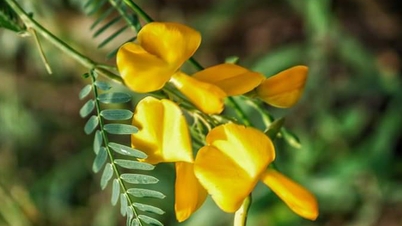




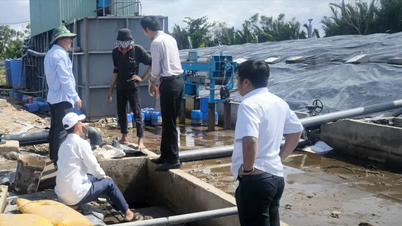

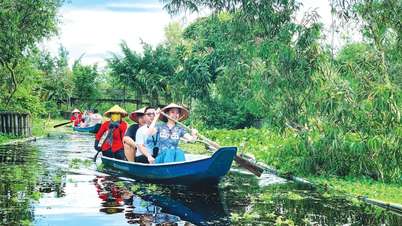

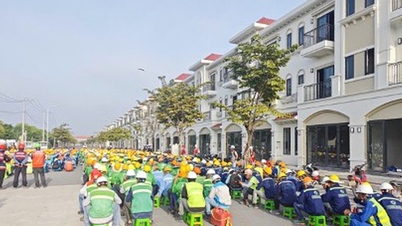

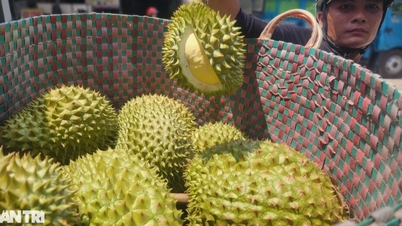

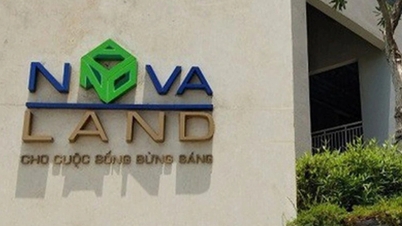















![[Photo] Party Committees of Central Party agencies summarize the implementation of Resolution No. 18-NQ/TW and the direction of the Party Congress](https://vphoto.vietnam.vn/thumb/1200x675/vietnam/resource/IMAGE/2025/10/27/1761545645968_ndo_br_1-jpg.webp)
![[Photo] National Assembly Chairman Tran Thanh Man receives Chairman of the House of Representatives of Uzbekistan Nuriddin Ismoilov](https://vphoto.vietnam.vn/thumb/1200x675/vietnam/resource/IMAGE/2025/10/27/1761542647910_bnd-2610-jpg.webp)















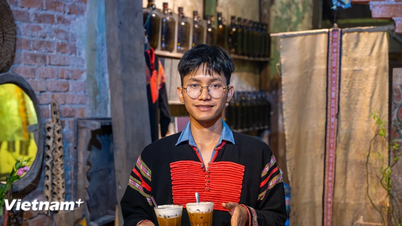






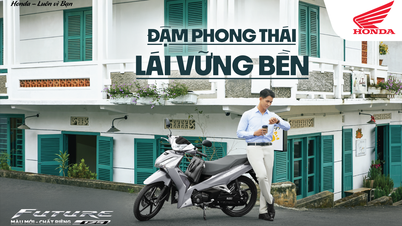










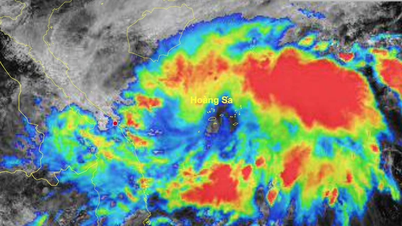
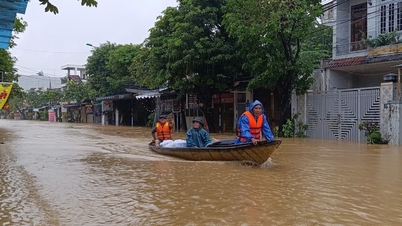
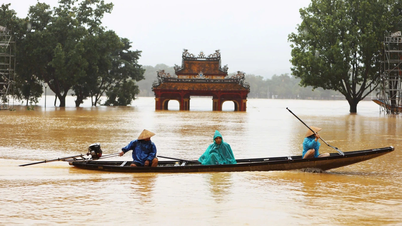


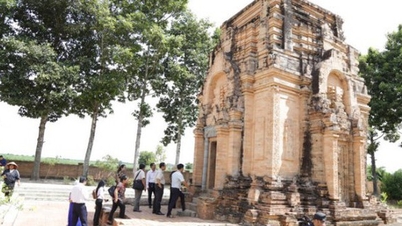


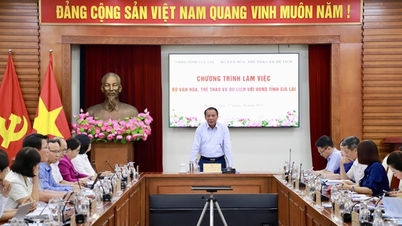


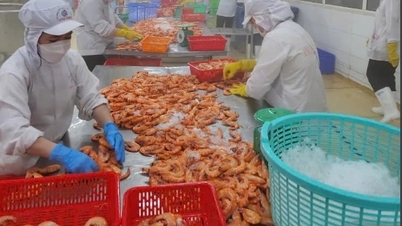

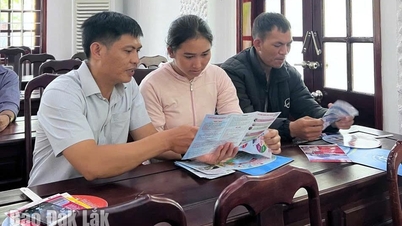

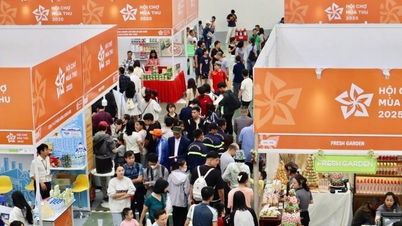




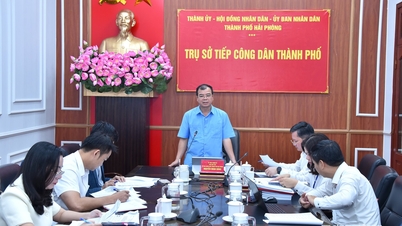











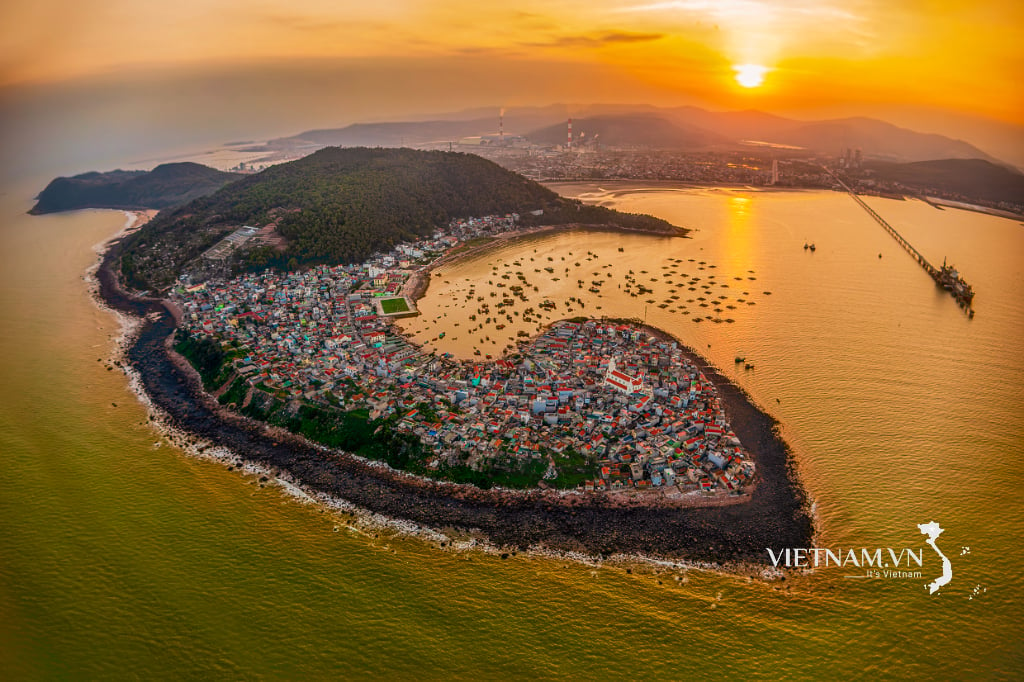


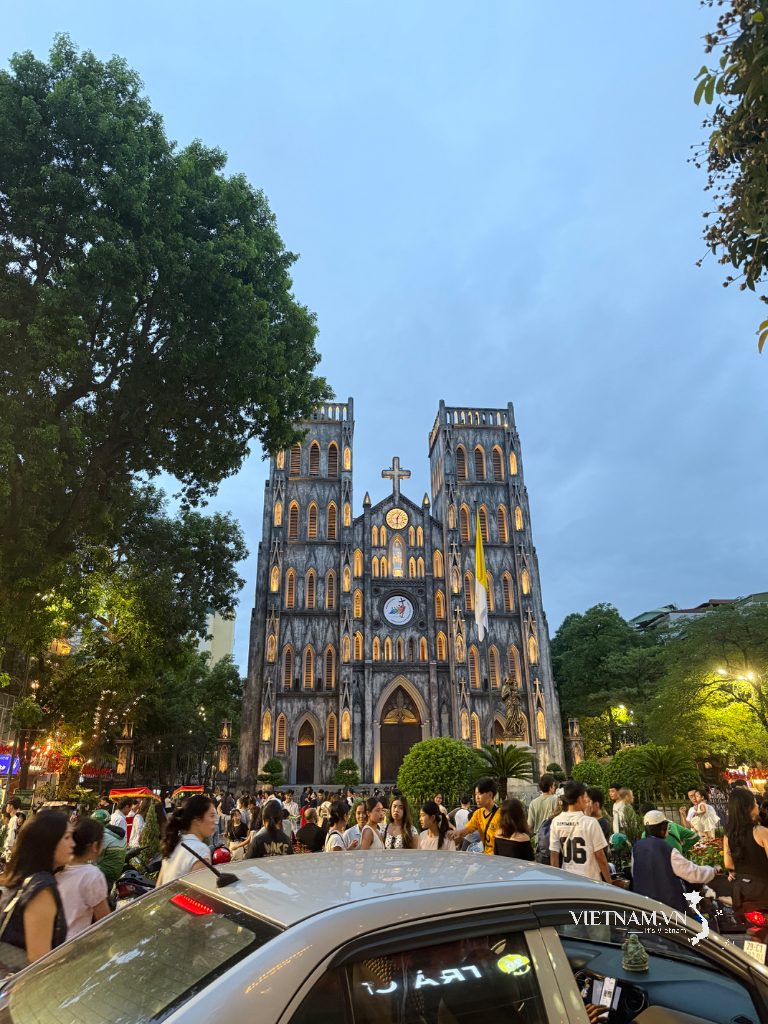
Comment (0)